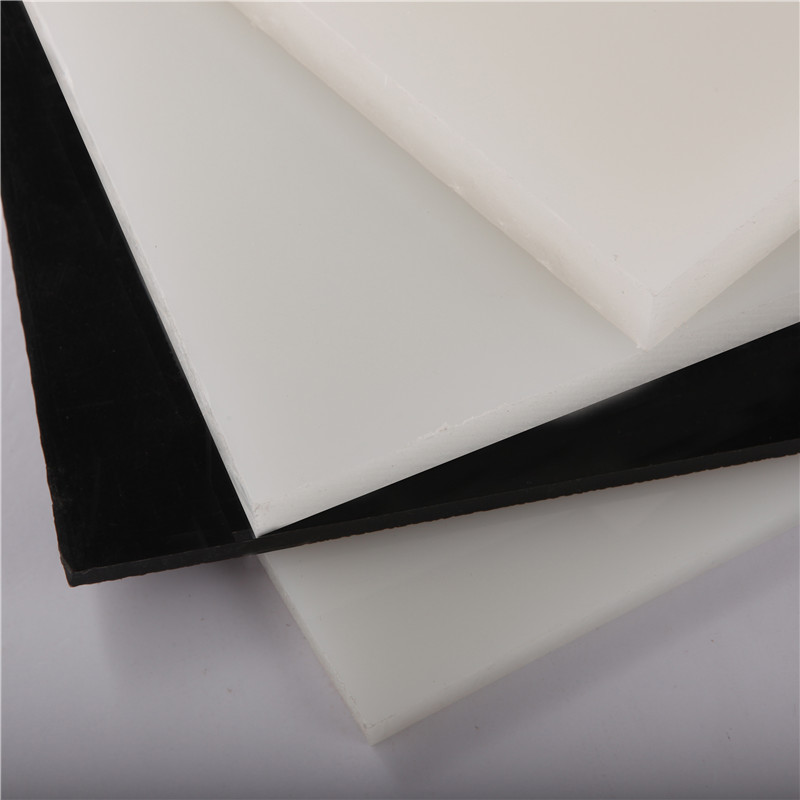Nov . 21, 2024 12:49 Back to list
cpvc plate
Understanding CPVC Plates Properties, Applications, and Advantages
Chlorinated Polyvinyl Chloride (CPVC) plates have garnered significant attention in various industries due to their exceptional properties and diverse applications. CPVC is a thermoplastic material that is known for its high chemical resistance and ability to withstand elevated temperatures. This article will explore the characteristics, applications, and benefits of CPVC plates.
Properties of CPVC Plates
CPVC is a variant of polyvinyl chloride (PVC) that has undergone a chlorination process, enhancing its thermal stability and chemical resistance. One of the most notable properties of CPVC plates is their ability to endure high temperatures, typically up to 200°F (93°C), without losing integrity. This capability makes CPVC plates an ideal choice for applications that involve hot liquids or steam.
In addition to thermal stability, CPVC plates exhibit impressive resistance to a wide range of chemicals, including acids, bases, and salts. This feature contributes to the longevity and reliability of CPVC in hostile environments, where other materials may degrade. Furthermore, CPVC is relatively lightweight, which aids in ease of transport and installation.
Another important characteristic of CPVC plates is their low thermal conductivity. This property minimizes heat loss, making CPVC an energy-efficient option for various applications. Additionally, CPVC is inherently flame-resistant, ensuring safety in environments that require stringent fire safety measures.
Applications of CPVC Plates
Given their versatility, CPVC plates are employed in a myriad of applications across different sectors. One of the primary uses is in the construction industry, where they are utilized for piping systems, fittings, and various structural components. CPVC piping is commonly found in high-temperature and corrosive environments, such as chemical processing plants, power generation facilities, and wastewater treatment systems.
In the plumbing industry, CPVC plates serve as a reliable material for potable water systems. Their ability to resist corrosion and maintain water purity makes them an excellent alternative to traditional metal pipes. Additionally, CPVC's light weight simplifies installation and reduces labor costs.
cpvc plate

Another significant application of CPVC plates is in the manufacturing of electronic components. Due to their excellent insulation properties and resistance to heat and chemicals, CPVC is used in the production of circuit boards and other electronic housing materials.
Advantages of CPVC Plates
The advantages of using CPVC plates are numerous. Firstly, the durability and longevity of CPVC reduce the need for frequent replacements, resulting in lower maintenance costs over time. This characteristic is particularly beneficial in industrial settings where downtime can lead to substantial financial losses.
Secondly, the ease of fabrication associated with CPVC allows for a wide range of shapes and designs to be produced. This adaptability enables manufacturers to create customized solutions that meet specific project requirements.
Moreover, CPVC is environmentally friendly compared to some other plastic materials. It can be recycled, thus contributing to sustainability efforts within various industries.
Lastly, the economical nature of CPVC plates, combined with their impressive performance attributes, makes them a cost-effective solution for businesses looking to optimize their operations without compromising on quality.
Conclusion
In summary, CPVC plates are a potent material suited for a range of applications due to their thermal stability, chemical resistance, and versatility. Their use in construction, plumbing, and electronics showcases their adaptability across industries. As the demand for durable and reliable materials continues to rise, CPVC plates are positioned to play a pivotal role in future advancements and innovations while supporting sustainable practices. Whether for industrial use or everyday plumbing needs, CPVC is a smart choice that offers both performance and value.
-
High-Quality PPR Pipes and Fittings Durable ERA PPR & PVC PPR Solutions
NewsJul.08,2025
-
Black HDPE Cutting Board - Durable, Non-Porous & Food Safe HDPE Plastic Cutting Board
NewsJul.08,2025
-
High-Quality CPVC Panel Durable HDPE & PVC Panels Supplier
NewsJul.08,2025
-
Double PE Welding Rod Supplier - High Strength, Durable & Versatile Welding Solutions
NewsJul.07,2025
-
High-Quality PVC-O Pipe Supplier Durable 75mm PVC Pipe & Connections Leading PVC Pipe Company
NewsJul.07,2025
-
HDPE Drainage Pipe Supplier – Durable & Corrosion-Resistant Solutions
NewsJul.06,2025

